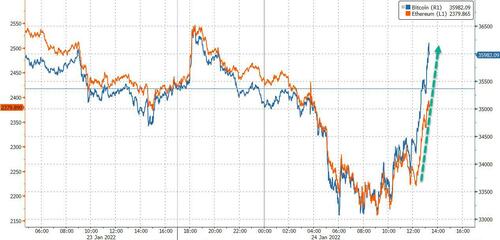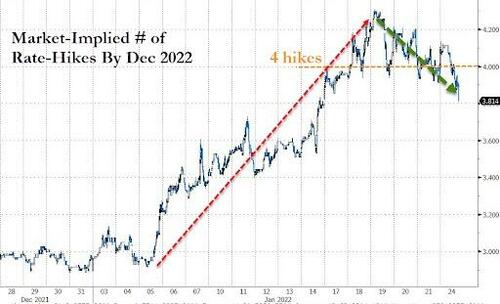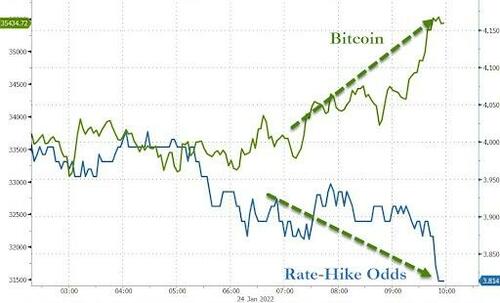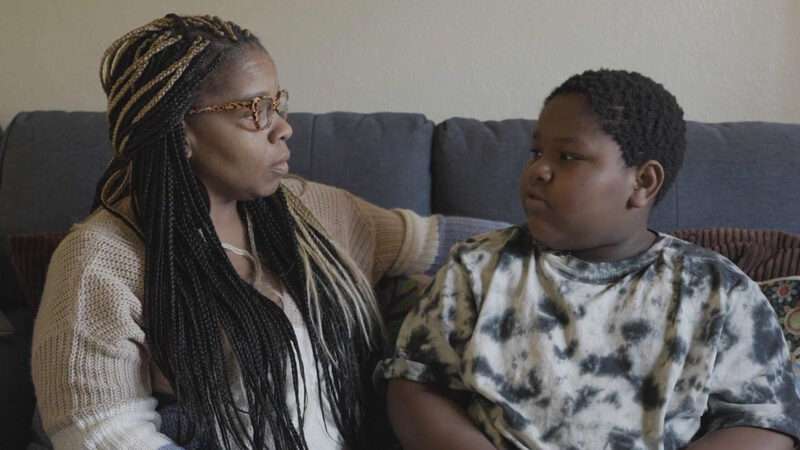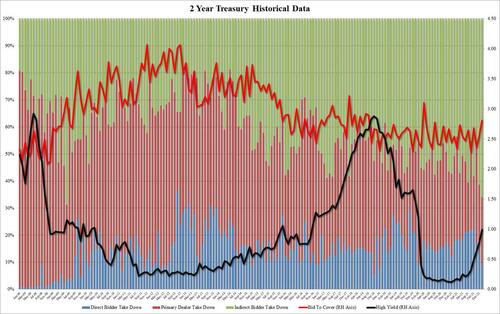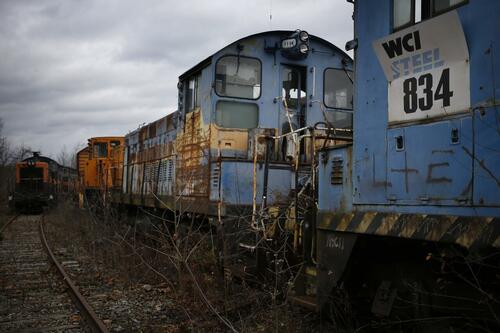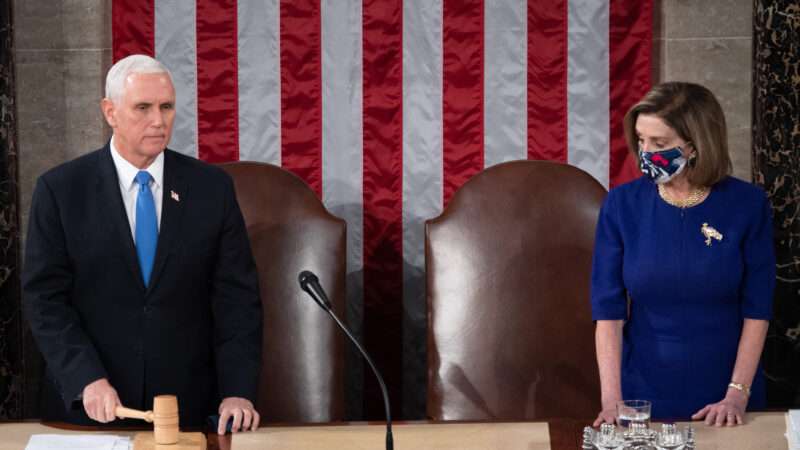COVID-19 cases peaked in our house last Monday, when our 15-year-old daughter was recovering from her bout with the disease and my wife started feeling the symptoms of hers. As it happens, that was around the same time the seven-day average of newly reported cases peaked in Texas, where we live. According to Worldometer’s numbers, the omicron wave crested in Texas on January 18; according to the New York Times database, the average peaked on January 17.
Both sources show the nationwide average falling sharply since January 14, the day after I published a post headlined “There’s Good Reason To Think the Omicron Wave Will Peak Soon.” I can hardly claim clairvoyance, since many people were saying the same thing at that point, based on local, statewide, and regional trends as well as the experience of other countries where the omicron variant spread earlier.
In South Africa, where omicron was first identified in November, newly reported infections exploded until mid-December and have plummeted since then. Other African countries covered by President Joe Biden’s omicron-inspired travel restrictions saw a similar pattern, and so did the United Kingdom, where the seven-day average of daily new cases more than tripled between mid-December and January 5 but has dropped by 50 percent since then.
According to Worldometer, the U.S. case average fell 29 percent between January 14 and yesterday. The Times database, which includes “probable” COVID-19 cases as well as laboratory-confirmed infections, shows a smaller drop of about 14 percent.
“In the Northeast and New England and Upper Midwest states, [newly reported cases] have peaked and [are] starting to come down rather sharply,” Anthony Fauci, Biden’s top COVID-19 adviser, noted on ABC’s The Week yesterday. “There are still some…Southern states and Western states that continue to go up. But if the pattern follows the trend that we’re seeing in other places, such as the Northeast, I believe that you will start to see a turnaround throughout the entire country….It’s a large country, and [there is] a great deal of variation in the degree of vaccinations that we have in one region compared to another. [But] ultimately, they’re all going to go in the same direction.”
Hans Kluge, the World Health Organization’s regional director for Europe, was also cautiously optimistic. “Omicron appears to cause much less severe disease,” Kluge noted today. Thanks to vaccination and naturally acquired immunity, he said, “omicron offers plausible hope for stabilization and normalization.” Kluge warned that “with the millions of infections occurring in the world in recent and coming weeks, coupled with waning immunity and winter seasonality, it is almost a given that new COVID-19 variants will emerge and return.” But he added that “a new wave could no longer require the return to pandemic-era population-wide lockdowns or similar measures.”
The Times database shows the seven-day average of COVID-19 hospitalizations in the United States, a lagging indicator that includes patients who test positive after being admitted for different reasons, continuing to rise until January 20, then dipping slightly in the last few days, which could be the beginning of a downward trend. It shows the seven-day average of daily deaths, including “probable” cases, continuing to rise through yesterday, when it was nearly 2,200. Worldometer, by contrast, put that average at less than 1,900 yesterday, down slightly since January 20.
“There may be a bit more pain and suffering with hospitalizations in those areas of the country that have not been fully vaccinated or have not gotten boosters,” Fauci said. “But we do know that…even with omicron, boosting makes a major, major difference in protecting you from hospitalization and severe outcomes. So things are looking good. We don’t want to get overconfident. But they look like they’re going in the right direction right now.”
As Reason‘s Ron Bailey reported on Friday, a new analysis from the Centers for Disease Control and Prevention indicates that booster shots reduce the risk of hospitalization among Americans infected with omicron by about 90 percent compared to unvaccinated Americans. According to recent data from Canada, Bailey noted, unvaccinated 60-to-69-year-olds are 58 times as likely to be hospitalized with COVID-19 as people in that age group who have received three vaccine doses. They were 560 times as likely to need intensive care.
Our 15-year-old daughter—who has received two vaccine doses but but was unlikely to experience severe effects from COVID-19 in any case, given her age and health—ran a fever for a few days. Her symptoms included body aches, dizziness, a headache, and a sore throat. Today, after a week or so in her bedroom, she returned to school, where she apparently picked up her infection to begin with, from a fellow student who had tested positive but came to school anyway because he felt fine.
We were more concerned about my triply vaccinated wife, because she is older and takes an immunosuppressive medication. Her symptoms included fever, congestion, sore throat, cough, dizziness, and some loss of smell and taste. She is still dizzy but seems to be fever-free now, a week after the onset of her symptoms.
While that one anecdote does not count as evidence of anything, my wife is grateful that she was vaccinated and glad that she was infected during the omicron wave, since multiple studies suggest that variant, while highly transmissible, is milder than earlier iterations of the coronavirus. Furthermore, infection by omicron seems to provide additional protection against the delta variant, which is more likely to cause severe symptoms.
Our 28-year-old daughter, who lives elsewhere and is triply vaccinated, had COVID-19 a few weeks ago, and her symptoms were likewise pretty mild. Our 18-year-old daughter and I have both received three vaccine doses, and so far we have tested negative. Now that my wife has been infected and has mostly recovered, our uninfected daughter’s main concern is how catching the virus will affect her social and college life, while I am mainly worried about having to cancel Wednesday night poker for another week. This is what “normalization and stabilization” looks like in our house.
The post COVID-19 Cases Peaked in Our House Around the Same Time They Peaked in Texas appeared first on Reason.com.
from Latest – Reason.com https://ift.tt/3fTbPp7
via IFTTT
